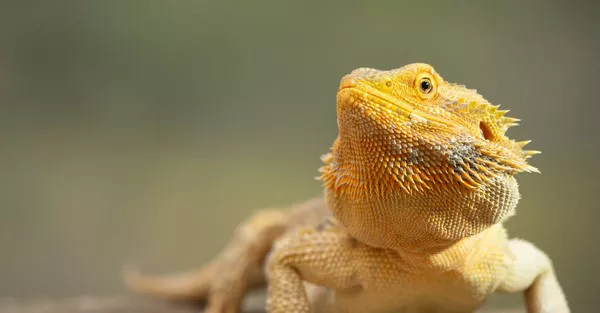Green lizards, with their vibrant hues and graceful movements, captivate the imagination of nature enthusiasts and reptile lovers alike. Understanding the dietary habits of these fascinating creatures is crucial for their well-being in captivity or in the wild. In this comprehensive exploration, we delve into the main foods that make up the diet of green lizards, shedding light on their nutritional needs and feeding behaviors.
Types of Green Lizards
Before delving into their dietary preferences, it’s important to recognize that there are various species of green lizards, each with distinct characteristics and habitats. From the iconic green iguana to the emerald swift, the specific dietary requirements may vary. However, some commonalities exist across species, forming the basis for our discussion on their main foods.
Insects and Invertebrates
One of the primary components of a green lizard’s diet consists of insects and invertebrates. Whether in the wild or captivity, these reptiles are avid insectivores, relishing a menu that includes crickets, mealworms, grasshoppers, and ants. The high protein content in these arthropods is essential for the lizard’s growth, muscle development, and overall energy levels. Green lizards are known for their swift and precise hunting techniques, making them efficient insect hunters.
Vegetation and Greens
Contrary to popular belief, green lizards are not strictly carnivorous; they also incorporate vegetation into their diets. In the wild, they may consume a variety of greens, such as leaves, flowers, and fruits. This plant matter provides essential vitamins, minerals, and fiber that contribute to their overall health. In captivity, replicating this aspect of their diet is crucial, and offering a diverse array of leafy greens and fruit can contribute to their well-being.
Small Vertebrates
Green lizards, especially larger species, may also include small vertebrates in their diet. This can range from small mammals like mice to birds and their eggs. While these items are not a daily requirement, they serve as a source of additional nutrients, including fats and calcium, supporting the lizard’s diverse nutritional needs.
Specialized Diets for Certain Species
Certain species of green lizards may have more specialized dietary requirements. For instance, the green iguana is known to be primarily herbivorous, with a preference for leaves and flowers. However, even herbivorous lizards may benefit from occasional protein supplementation. Understanding the specific needs of the green lizard species in question is crucial for providing an optimal diet.
See Also: Are Green Anole Lizards Friendly?(Something You Need To Know)
Water and Hydration
While not a food source per se, water plays a vital role in a green lizard’s diet. Proper hydration is essential for digestion, nutrient absorption, and overall health. In the wild, green lizards obtain water from various sources like dew, rain, or puddles. In captivity, it is imperative to provide a shallow water dish to ensure they have constant access to clean water.
Feeding Frequency and Portion Sizes
The frequency of feeding and portion sizes are critical aspects of a green lizard’s dietary management. Younger lizards typically require more frequent meals to support their rapid growth, while adults may thrive on a less frequent feeding schedule. It’s important to observe the lizard’s behavior and adjust the feeding regimen accordingly to avoid overfeeding or underfeeding.
Supplementation and Vitamins
In captivity, it can be challenging to replicate the natural diet of green lizards entirely. Therefore, supplementation becomes essential to ensure they receive all the necessary vitamins and minerals. Calcium and vitamin D3 are particularly crucial for bone health, and these supplements should be provided as recommended by a reptile veterinarian.
Environmental Factors and Diet
The environment in which a green lizard lives significantly influences its dietary needs. Factors such as temperature, humidity, and access to sunlight impact their metabolism and overall health. Creating a habitat that mimics their natural surroundings is vital for encouraging natural behaviors and supporting a balanced diet.
Conclusion
In conclusion, understanding what green lizards eat involves recognizing their diverse dietary preferences, ranging from insects and invertebrates to vegetation and small vertebrates. Whether in the wild or captivity, providing a well-rounded diet that meets their nutritional needs is crucial for their health and longevity. By delving into the intricacies of their diet, we can better appreciate these remarkable reptiles and contribute to their well-being in the environments they inhabit.
Related Topics:
What Do Green Anole Lizards Eat in the Wild?
Can Green Anoles Savor the Sweetness of Fruit?
Optimal Tank Size for Green Anoles: Creating a Comfortable Habitat























